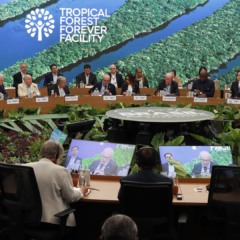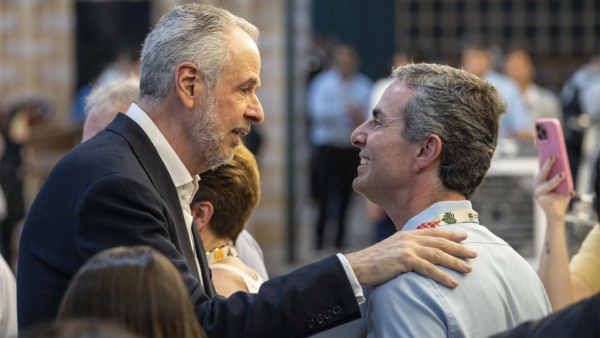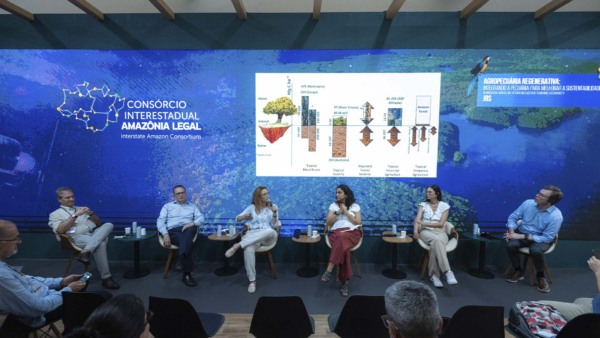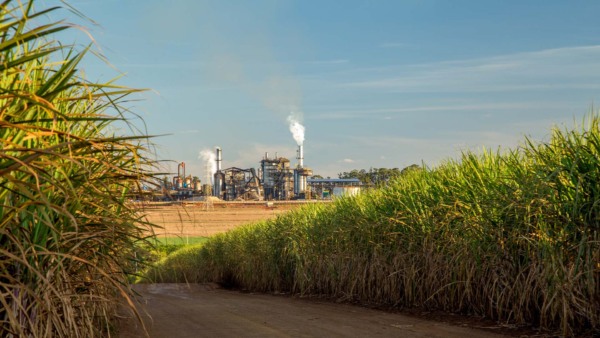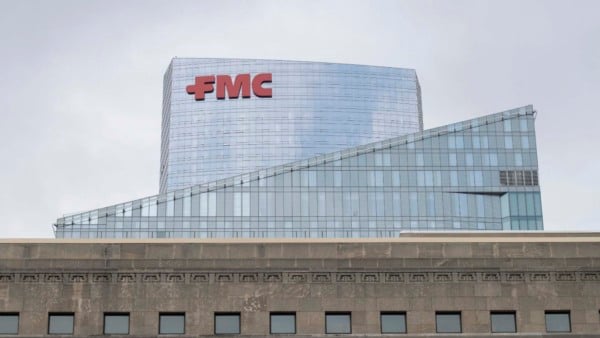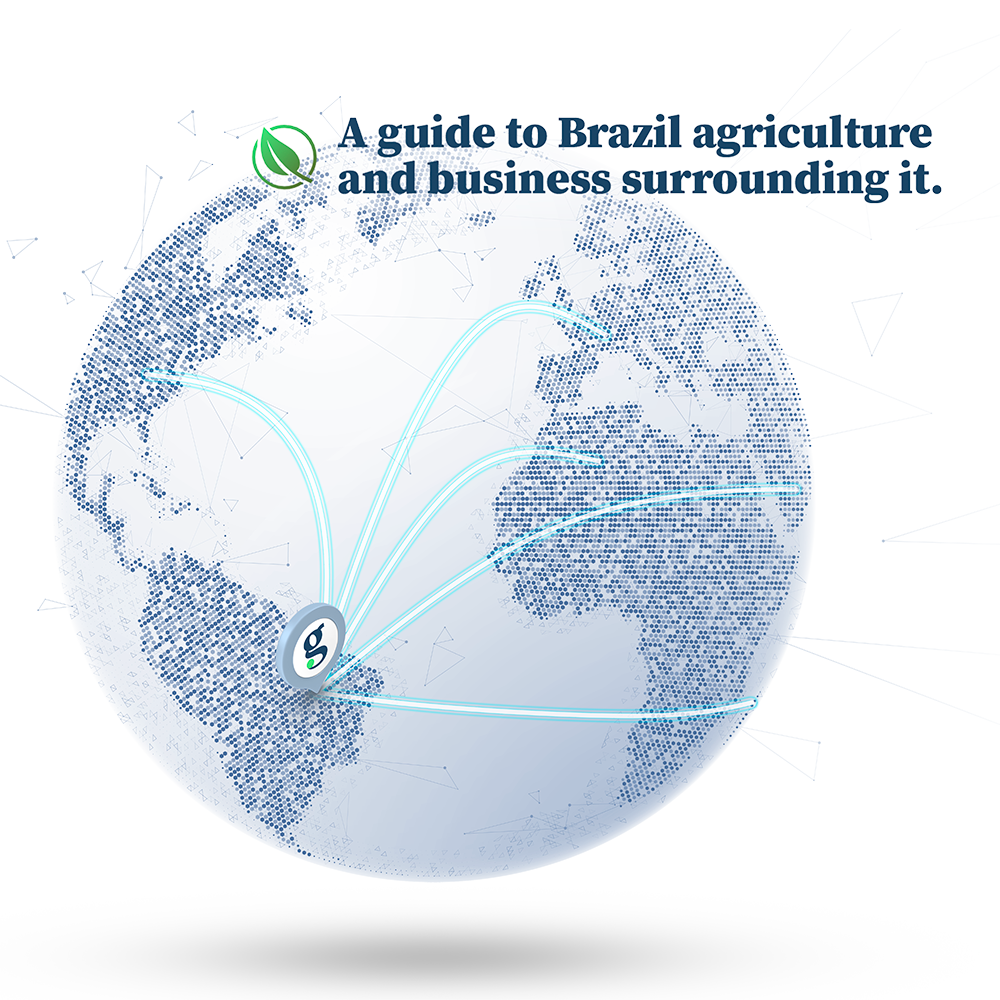A new asset class is emerging alongside Brazil’s traditionally profitable farmland market. Once lagging cropland, forest land is now delivering higher returns — and prospects are getting even more attractive.
Data compiled by the Brazilian consultancy Acres using S&P Global information show that prices for land suited to forestry have more than tripled over the past 15 years. In 2008, one hectare of forest land cost around 5,000 reais; by 2024, it reached 22,000 reais ($4,130 at the current exchange rate).
While that’s below the 730% appreciation of farmland over the same period, forest properties now offer compelling returns amid booming demand from pulp and paper producers, corn ethanol projects and for recovery of degraded pastures.
“If you consider a farm bought for 22,000 reais per hectare and leased for forestry at 1,500 reais a year — both realistic market levels — the gross yield reaches 6.8% per year, well above traditional crops,” Daniel Meireles, managing partner at Acres, said in an interview with The AgriBiz.
By comparison, land leases for sugarcane yield around 4% annually, while soybean and corn leases deliver 2% to 3%, reflecting already elevated farmland prices.
Lower Volatility
Forestry leasing is also less volatile than agricultural one. “Unlike farm leasing, which can fluctuate with yields or commodity prices, forestry contracts are typically long-term and indexed to inflation,” Meireles said.
That stability, combined with attractive yields, has caught the attention of institutional investors. Last year, Vinci Partners acquired Lacan Real Asses, a firm with 1.5 billion reais under management focused on forestry assets.

Other Timberland Investment Management Organizations (TIMOs) with active presence in Brazil include Copa Investimentos and BTG Pactual’s Timberland Investment Group (TIG), which oversees $7.3 billion in assets and 1.1 million hectares across the Americas.
International players including Hancock Natural Resource Group and Brookfield were early movers in the Brazilian timberland market.
“Today, we estimate the total forest asset value under management in Brazil at 16 billion reais, up from 2.6 billion reais ten years ago,” Meireles said. “That growth reflects both new acquisitions and assets appreciation.”
Pulp Giants Drive Expansion
While institutional buying slowed following tighter rules on foreign land ownership, Brazil’s pulp and paper producers remain the largest and most consistent buyers.
“Given the fierce competition in biomass markets, including corn ethanol, companies like Suzano can’t rely on spot supply. Most new plantations still come from pulp producers,” said Fabian Bruzon, Suzano’s executive forest operations director.
In 2023, Suzano acquired 70,000 hectares in Mato Grosso do Sul from funds operated by Bracell and BTG Pactual for 2.1 billion reais. The company and its rivals have transformed the region, now dubbed ‘Pulp Valley.’
Suzano, the world’s largest pulp exporter, last year inaugurated in the state the world’s largest pulp mill, requiring nearly 600,000 hectares of eucalyptus. Chile’s Arauco plans to follow with a plant demanding another 400,000 hectares of supply by 2025.
To secure raw material, Suzano and Eldorado, another Brazilian pulp giant, rely increasingly on 15-year lease contracts and forest partnership programs, rather than direct land purchases.
“Land acquisition happens, but it’s not our main driver,” Bruzon said. “We focus on partnerships that share income locally through forest development.”
Brazil’s planted forest area totals between 10 million and 11 million hectares, according to industry group Ibá (Brazilian Tree Industry Association). In 2023 alone, forest area expanded by 234,000 hectares, with 187,000 hectares in Mato Grosso do Sul.
Productivity gains have been dramatic. “In the 1970s, average productivity was 10 cubic meters per hectare per year. Today it’s 33 — something unique in the world,” said Paulo Hartung, Ibá’s president. “That’s pure science.”

